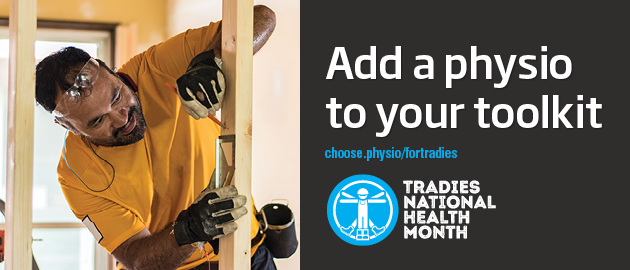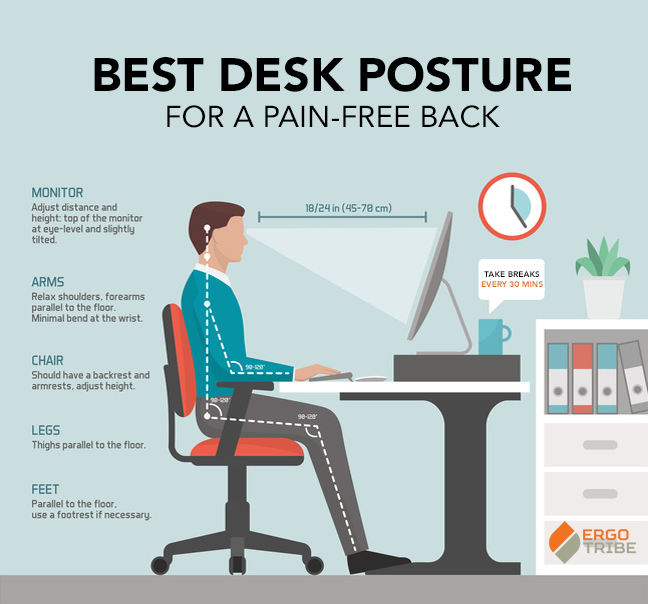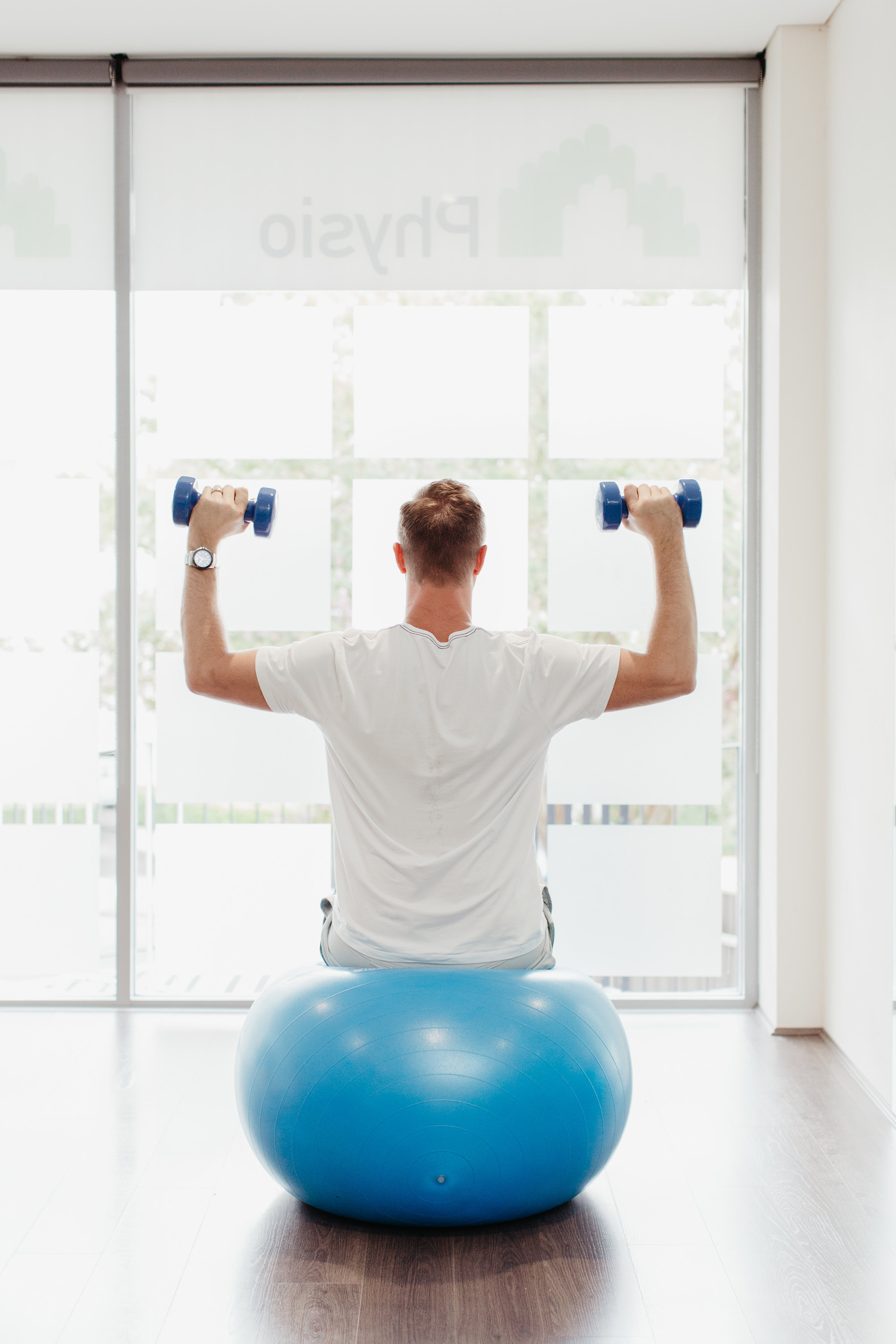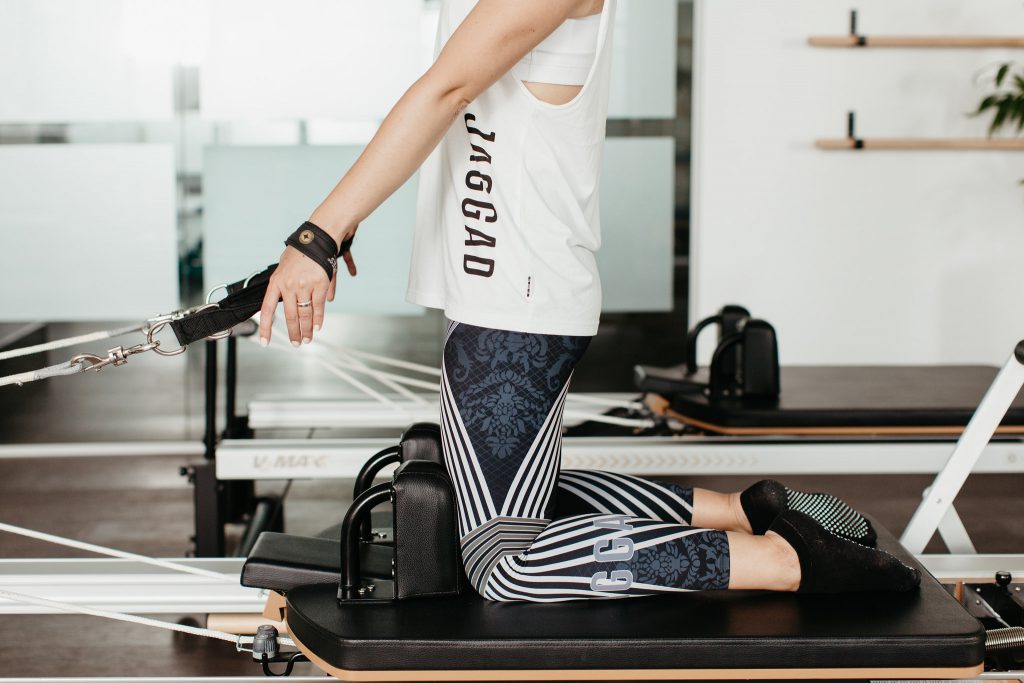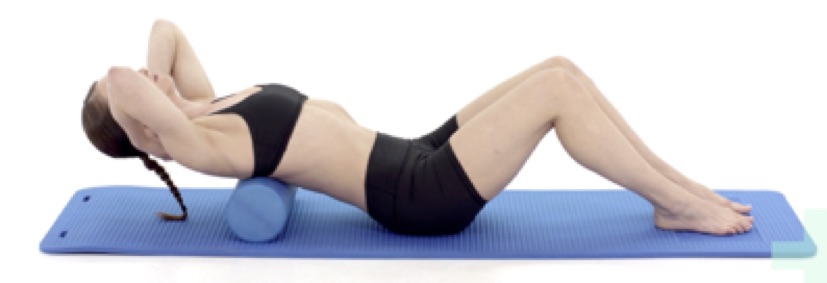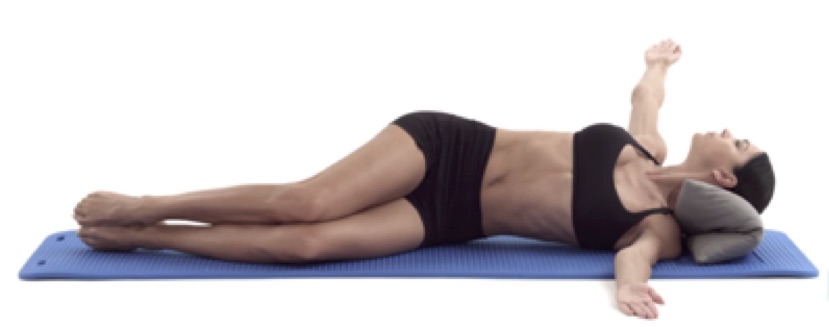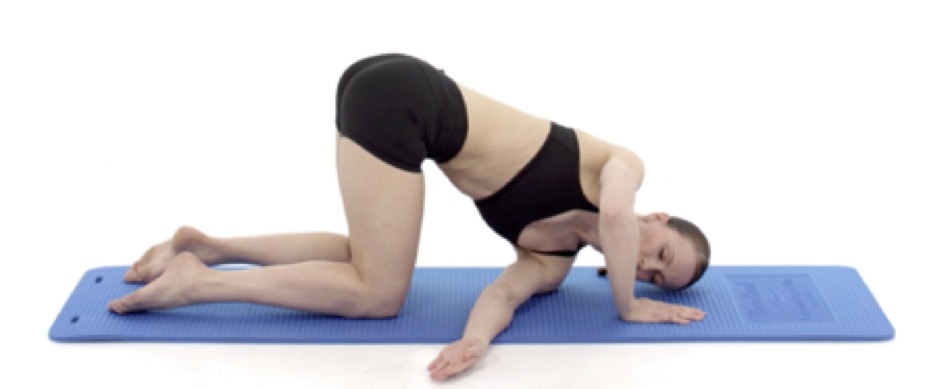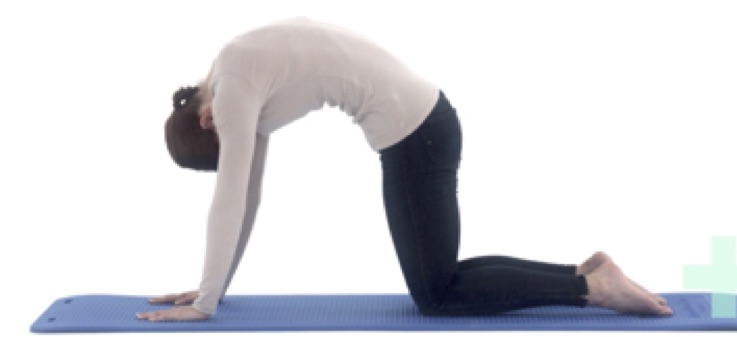Tradies National Health Month
It’s Tradies National Health Month and as physios we always want to help prevent injuries for all our clients. So as part of this month we’re encouraging all our tradies to get active and get checked.
If you’re a tradie no doubt you make sure your tools and ute are in top shape but what about your biggest asset – you? The best way to look after you is get fitter and stronger and be aware of ways to prevent injury.
Tradies National Health Month
Get Fitter
Throughout Tradies National Health Month why not challenge yourself to increase your step count. There are great devices on the market to keep track of your steps (Fitbit, Garmin to name a few) and they can help to keep you accountable and motivated. A simple goal can be to increase your steps by 10% each week throughout Tradies National Health Month. You might even find this becomes a habit and you continue past August.
Another simple trick is to increase your incidental exercise throughout the day. Park further from your site, hop off the bus one stop early or walk around the block when you get lunch are just a few simple examples of ways to increase daily activity.
You could even go a step further and sign up your fellow tradies to a local sports competition and improve mental and physical health and team bonding. It’s win win!
Get Stronger
In such a physically demanding job it pays to be strong. Not only does it make the job easier but can also reduce the risk of injury and pain. With heavy lifting, carrying, overhead activity and squatting many muscles need to remain strong to protect your joints. Joining a gym can definitely help but there are also exercises you can do at home with no equipment (or even use your tools) so there’s no excuse. Our physios can tailor an exercise program for your work tasks to make you stronger.
Prevent Injury
Unfortunately nearly 3 in 5 serious workplace injuries involve a tradie so it’s important we’re looking after your physical wellness. Obviously ensuring your tools and equipment are in safe working condition but ensuring your body is in great working condition is equally as important.
Learning how to do manual tasks safely, pre-work warm-ups and setting up your workplace ergonomically can help to prevent back injuries, knee pain and many other injuries.
Get Checked
Finally if you are suffering from an ache or injury make sure you get it checked. Your body is vital to your work and to not be on you’re A game can lead to other aches, pains and injuries and might lead to time off work. Our physios can assess and treat your injury/pain and give you simple strategies to make your work day pain-free.
Continue to check out of Facebook page and blog throughout Tradies National Health Month for more advice on how to look after yourself.


